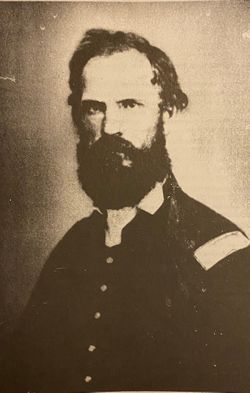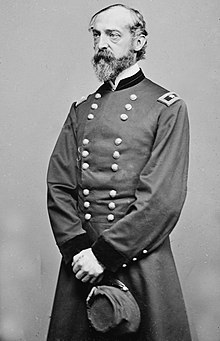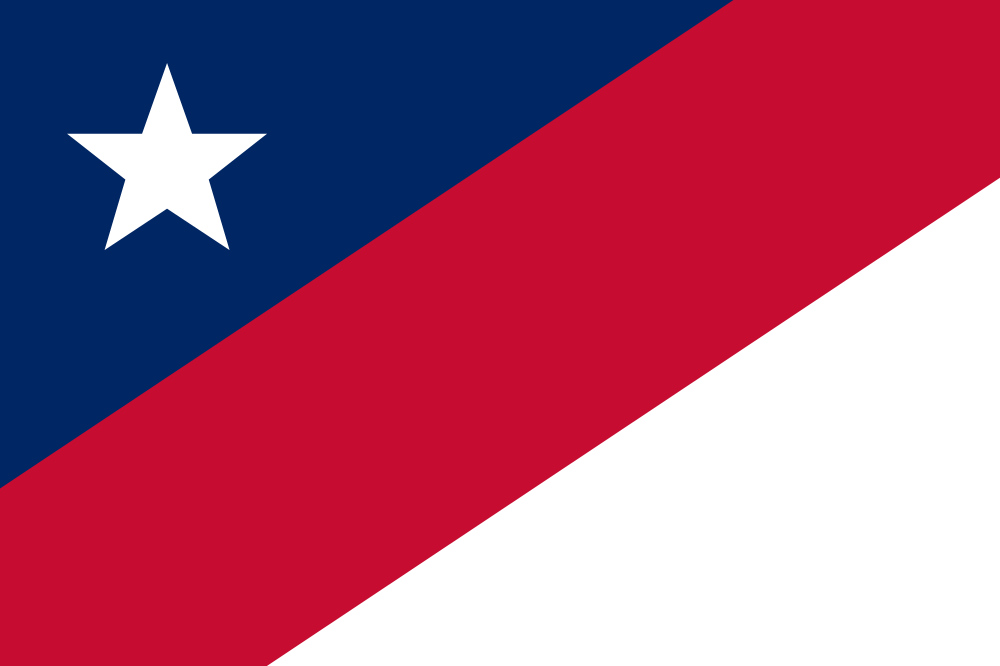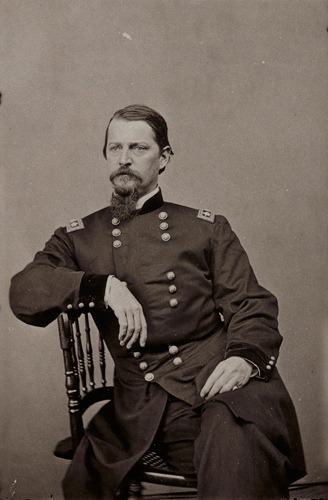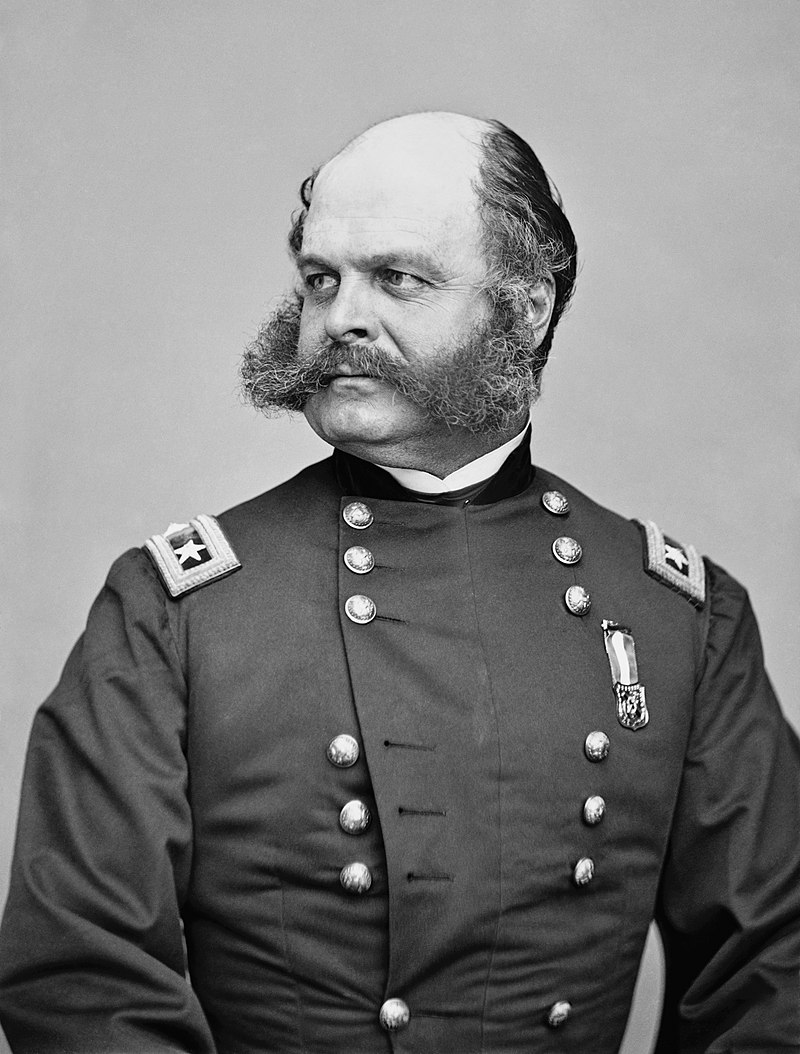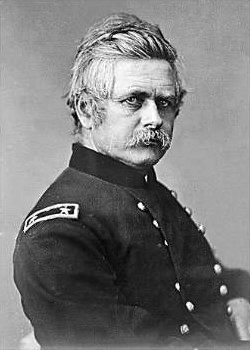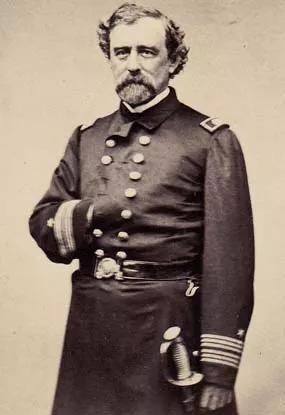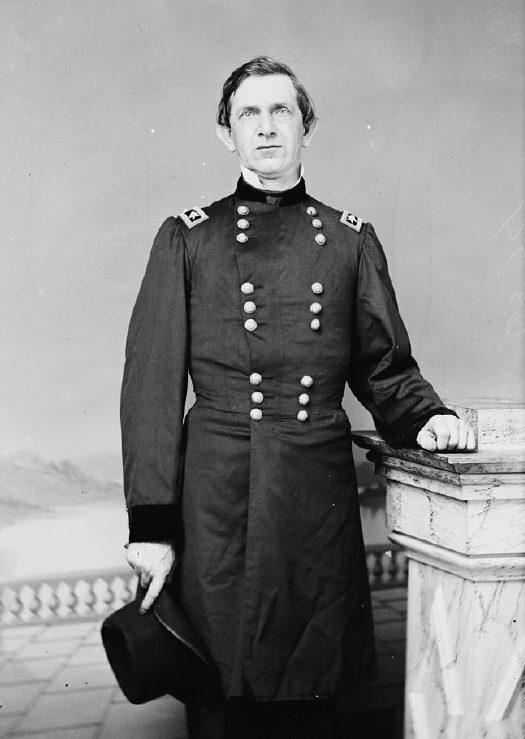Oct. 26 1865
VictortheMonarch
Victor the Crusader
Fort Sumter, South Carolina
Damn himself to a million hells.
How could he have missed such an open shot? Just mere feet away, only to accidentally wound an innocent child, Samuel Seymour. Luckily the child survived, though he would have scars on his head and a disfigured ear to account for it.
Why were fates so cruel? He was but trying to save America! Now he was due to hang on the order of traitors and fools. Not Just he, mind you, but the Confederate Leadership as well. The damned Yanks (mindlessly forget that he too is a Yank) were going to kill men of repute due to his own failure.
Nay, if he must go, go he must with his own will.
At 10:50 P.M. Oct. 26, 1865, James Wilkes Booth would hang himself in his cell, and would not be found until 7:00 A.M. Oct. 27, 1865.
)
Washington, District of Columbia
Just a few hours Prior in Washington D.C., a revised Reconstruction bill would be passed. Originally it was planned that the Ten Percent plan, an unpopular and lenient supposed reconstruction that would be scrapped following the April 14th Incident, both popular sentiment and President Lincoln would shy away from this plan, for a much harsher plan.
The Morgan plan, built and designed by former governor and senator of New York; Edwin D. Morgan. This plan’s points were straight forward in idea, with three major points.
The South would be rebuilt, each former states having a Military Governor as the head of each former state. These Military Governors would be appointed by the Congress and hence forth would aid in the Reconstruction of those states until Reconstruction is complete or they are relieved of the position by both the Congress and President
The formerly enslaved Africans would be granted freedom, and would be given the options of emigrating to a new country, or moving with any enterprising white man to a holding in Africa, to be decided upon after surveyors decide upon an appropriate location.
And Finally, the redistribution of lands held by traitorous landholders who funded and incited the southern rebellion. These lands would be distributed to loyal land holders.
Damn himself to a million hells.
How could he have missed such an open shot? Just mere feet away, only to accidentally wound an innocent child, Samuel Seymour. Luckily the child survived, though he would have scars on his head and a disfigured ear to account for it.
Why were fates so cruel? He was but trying to save America! Now he was due to hang on the order of traitors and fools. Not Just he, mind you, but the Confederate Leadership as well. The damned Yanks (mindlessly forget that he too is a Yank) were going to kill men of repute due to his own failure.
Nay, if he must go, go he must with his own will.
At 10:50 P.M. Oct. 26, 1865, James Wilkes Booth would hang himself in his cell, and would not be found until 7:00 A.M. Oct. 27, 1865.
)
Washington, District of Columbia
Just a few hours Prior in Washington D.C., a revised Reconstruction bill would be passed. Originally it was planned that the Ten Percent plan, an unpopular and lenient supposed reconstruction that would be scrapped following the April 14th Incident, both popular sentiment and President Lincoln would shy away from this plan, for a much harsher plan.
The Morgan plan, built and designed by former governor and senator of New York; Edwin D. Morgan. This plan’s points were straight forward in idea, with three major points.
The South would be rebuilt, each former states having a Military Governor as the head of each former state. These Military Governors would be appointed by the Congress and hence forth would aid in the Reconstruction of those states until Reconstruction is complete or they are relieved of the position by both the Congress and President
The formerly enslaved Africans would be granted freedom, and would be given the options of emigrating to a new country, or moving with any enterprising white man to a holding in Africa, to be decided upon after surveyors decide upon an appropriate location.
And Finally, the redistribution of lands held by traitorous landholders who funded and incited the southern rebellion. These lands would be distributed to loyal land holders.



